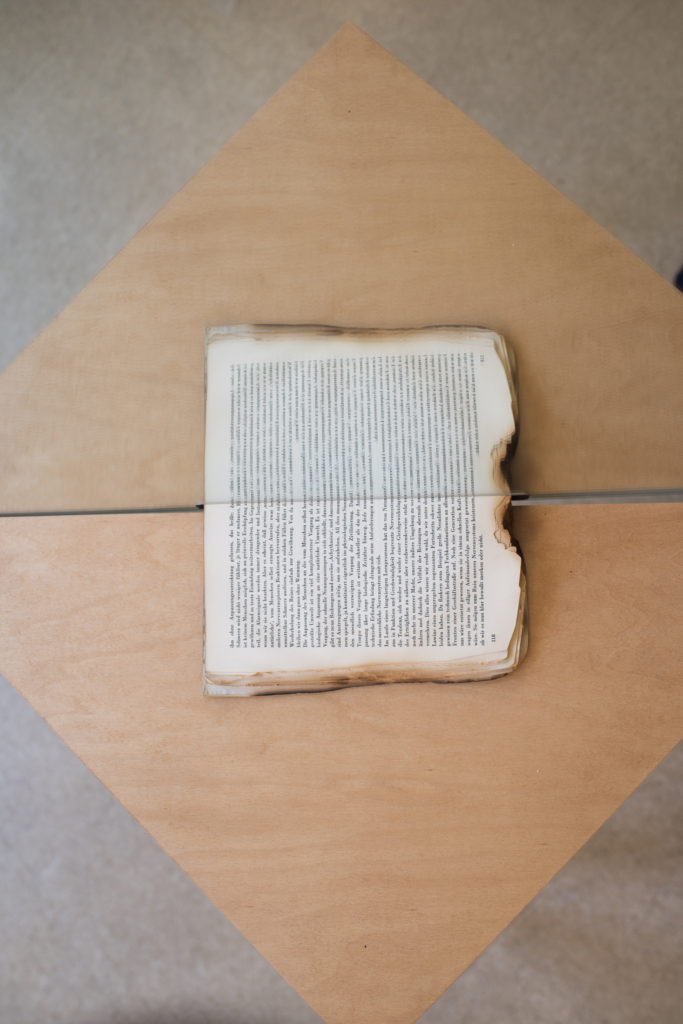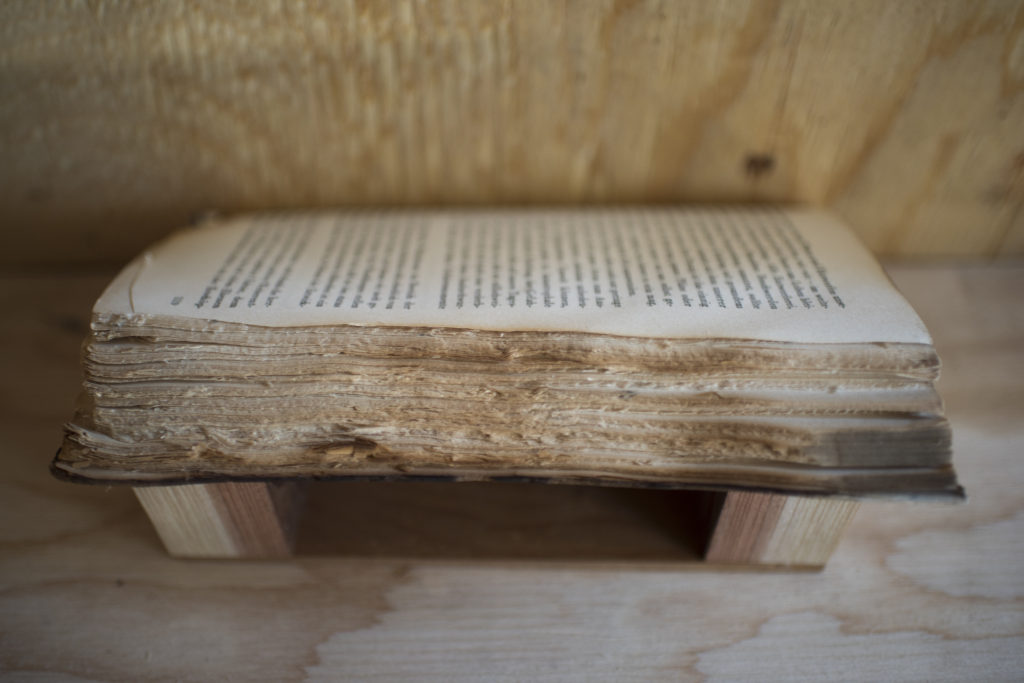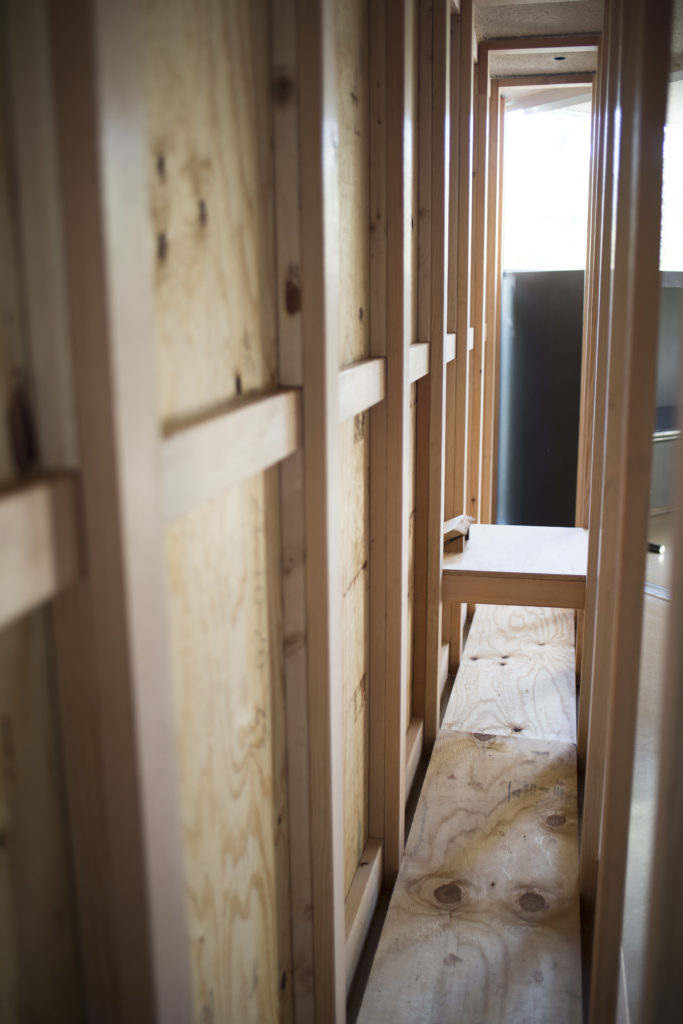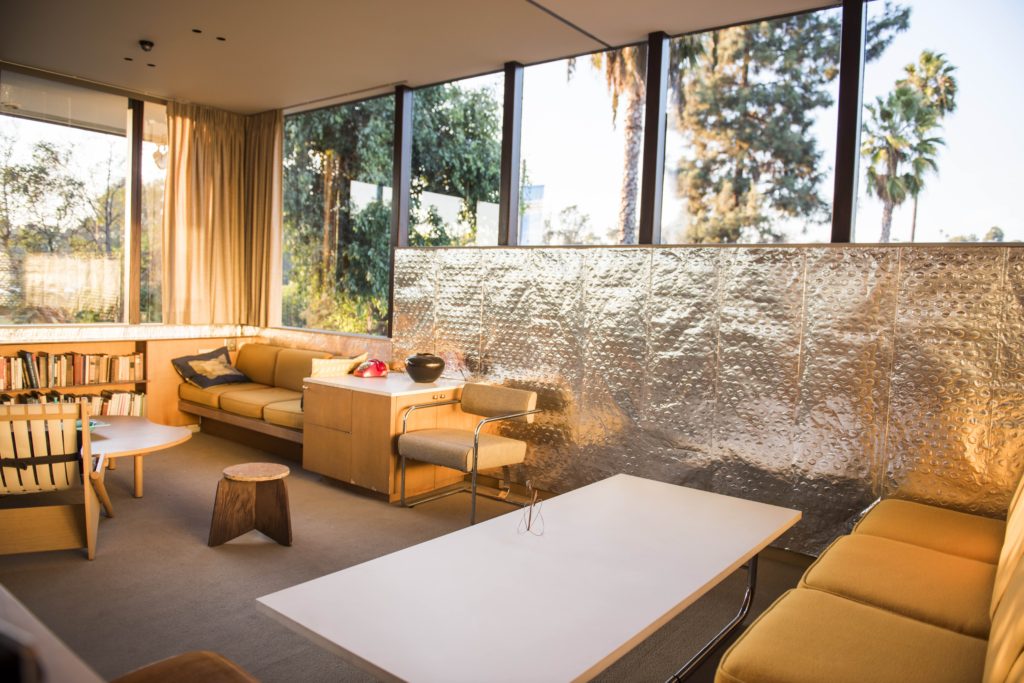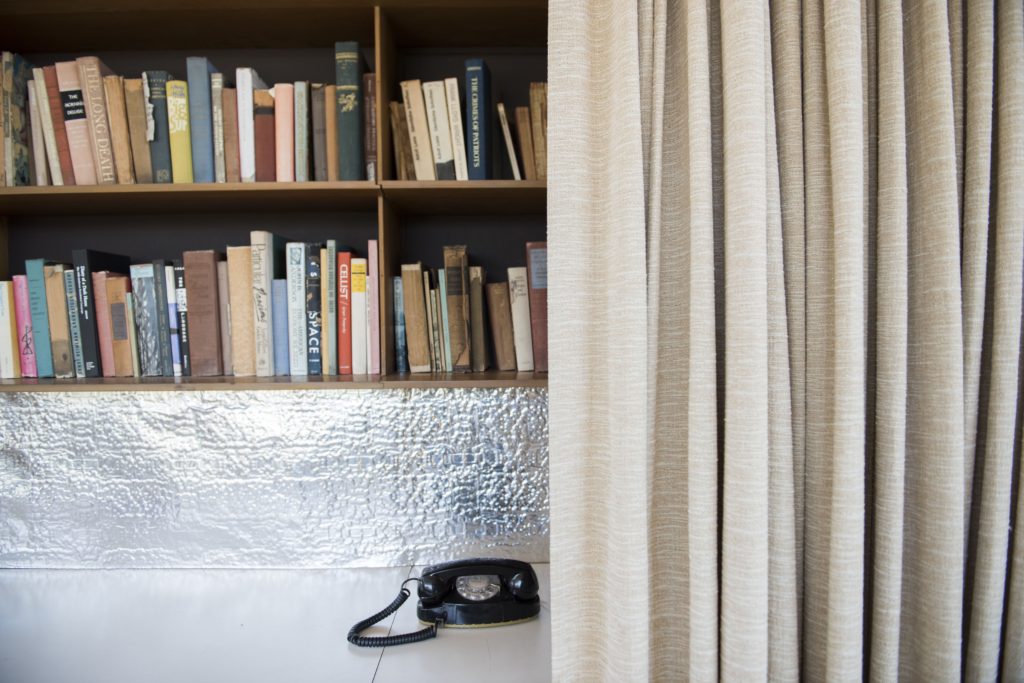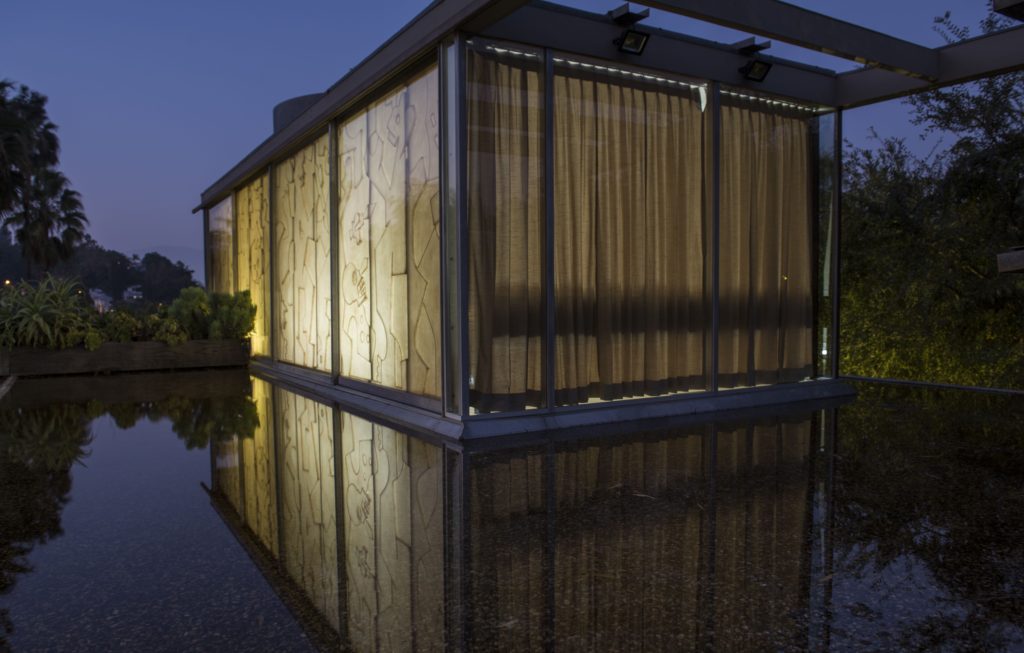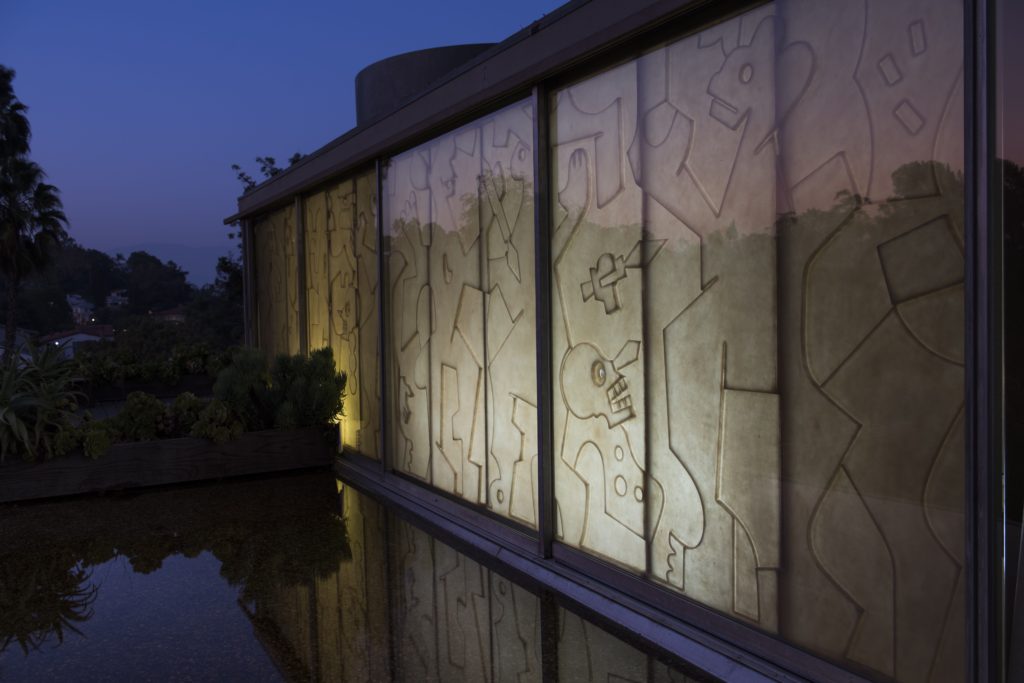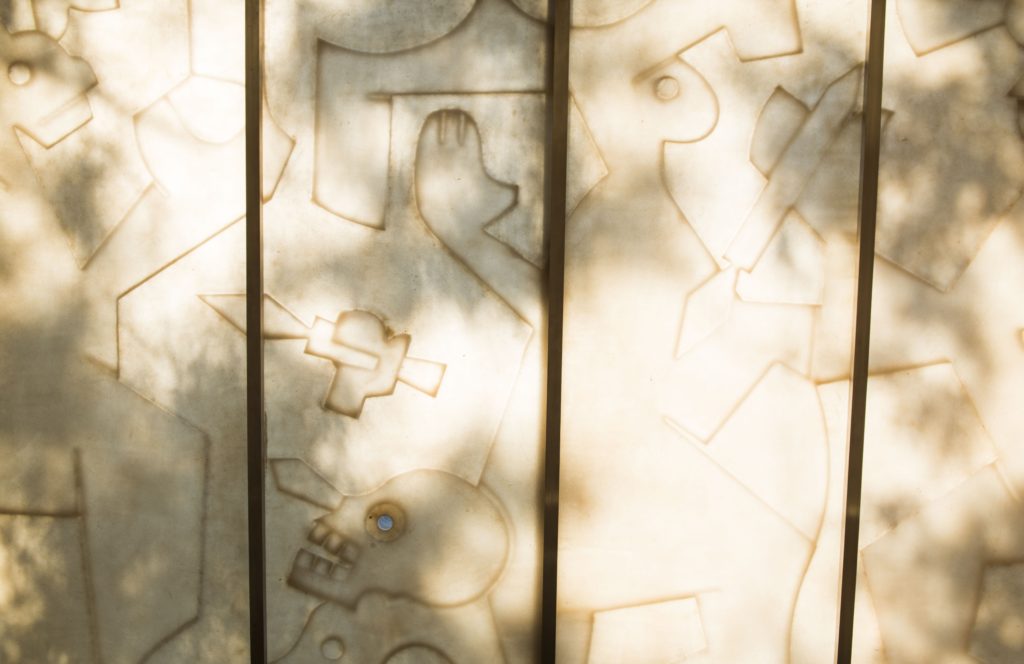Modernism marks the beginning of linear time and the end of circular time, commented novelist Alvaro Enrigue. His remarks came amid an exchange with artist Adrián Villar Rojas— one of seventeen performances, keynotes, and dialogues presented as part of AIR Aspen: Life as No One Knows It, a weeklong interdisciplinary conference organized by the Aspen Art Museum. The inaugural festival, held in late July to time with the Aspen Art Fair and ArtCrush Gala, is the latest ideas summit to mine the Bauhaus-inflected legacy of the Aspen Institute’s legendary International Design Conference and gather minds in the Rockies.
October 9, 2025

